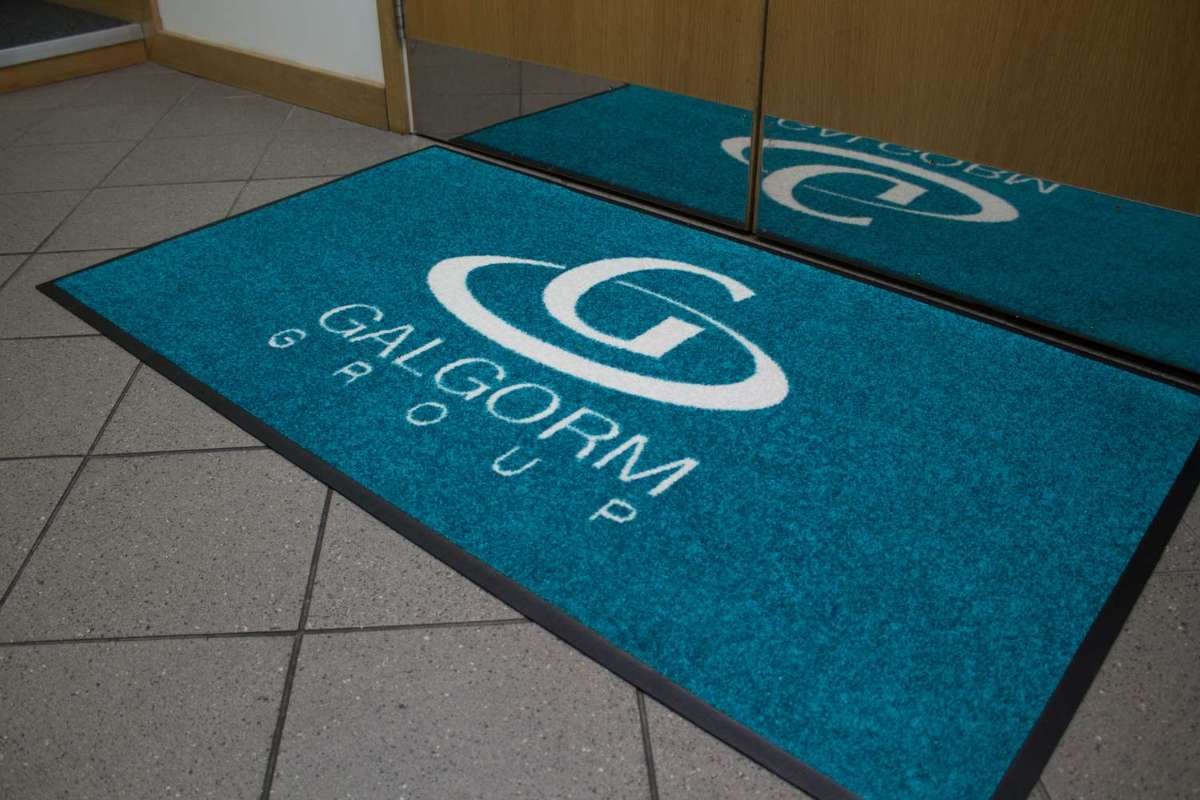How software can make prospecting more successful
If you want to increase sales and grow your business, then prospecting is crucial. With that said, it’s not deemed the easiest of tasks. In fact, research from HubSpot shows that almost half of sales representatives say prospecting is the most challenging part of the sales process. Here, Ross Slogrove, UK and Ireland country manager at call centre software provider Ringover, shares his insight into why sales prospecting software is key to converting more sales.
Prospecting is an important part of any business sales strategy, but it’s one of the most challenging and time-consuming tasks for sales teams. This is largely attributed to agents struggling to reach increasingly busy prospects who are often sceptical of cold calls, and ultimately being unable to build trust and establish credibility.
Prospecting is the first step in the sales process and consists of identifying potential customers. The method involves developing a database of people that fit the business’s target audience and reaching out to them, with the intention of converting them into a customer.
Over the years, the methods of prospecting have changed from exclusively being carried out over the phone, to using modern methods such as email, networking opportunities and social media platforms like LinkedIn. Although this provides access to more prospects, having a larger volume of contacts across multiple channels can be difficult to manage.
The challenges of prospecting

There are various factors that influence why prospecting is difficult. Firstly, before agents even pick up the phone, they must ensure they believe in the product or service they’re selling. Prospects can often tell when they’re being sold something that the sales representative doesn’t truly believe in, and there must be true conviction that the call being made will benefit the prospect.
Secondly, as perception of cold calls has grown increasingly hostile in recent years, getting a prospect to answer the phone is a challenge in itself. It’s thought that 98 per cent of cold calls do not result in a successful sale.
It’s no surprise considering the amount of ingenuine PPI calls and scams that frequent phone lines. In October 2021, Ofcom reported that almost 45 million people had received potential scam texts or calls in the space of three months. From the recipient’s point of view, cold calling is often considered intrusive and unsolicited because they’re being contacted by a person they don’t know, often about a company they don’t recognise. Even when prospects are eventually contacted, converting that call into a sale creates another challenge, as over 80 per cent of prospects require five follow up calls after the initial contact.
Lastly, sales prospecting is a time intensive task, which can be put on the back burner when representatives aren’t seeing results. This adds to the fact that often, sales teams don’t have an effective system to manage the number of prospects in their pipeline that require contact and further follow ups. This is backed by Data Dwell, which found that one in five sales representatives don’t have the right resources to keep sales processes on track.
Time to automate

Changing attitudes towards prospecting calls requires a better relationship between the agent and their target audience — and that takes time. Sadly, as we’ve discovered, that’s not something sales teams have in plentiful supply. Research suggests the average salesperson spends just 15 per cent of their time engaging with customers. Imagine how many relationships they could build if they were to double, or triple, that figure.
Introducing sales prospecting automation. To a large degree, prospecting takes a considerable amount of creativity — forwarding on the same email to every prospect, and with the same follow up call won’t give you a lot of success. However, while the sales team comes up with the big ideas, a lot of the busywork can become automated.
With effective automation software, users can queue up a series of automated sales emails and follow up tasks for each prospect so they never slip through the cracks. They can set up workflows that rotate between creating follow ups, searching for prospects and performing tasks via a variety of channels to help streamline every step of the sales process. Human input is still important — sales experts still need to follow the “must-do” sales rules like personalising their pitches and coming up with catchy email headings — but a lot of that admin burden is taken from their shoulders.
Ringover, which supports a range of small to medium sized businesses with its unified cloud communications suite, aims to make sales prospecting more successful with its new sales prospecting tool, Cadence. Using a simplified interface, Cadence automates multi-channel tasks to significantly reduce the time call centre agents spend reaching prospects and helping them convert more sales.

The tool allows sales representatives to automate their workflows and create customizable sequence models for each prospect. This involves scheduling whether the prospect will be contacted by email, social media or call, and at what time. This simple, yet effective method streamlines tasks for agents, making prospects easier to manage.
There’s no doubt that prospecting is crucial if businesses want to increase sales, boost profit and expand, but there’s work to be done to make this more effective and yield greater results. While the success of a pitch to a prospect begins before the initial contact is made, implementing software to schedule and simplify tasks can make prospects easier to manage and help convert more sales.


















